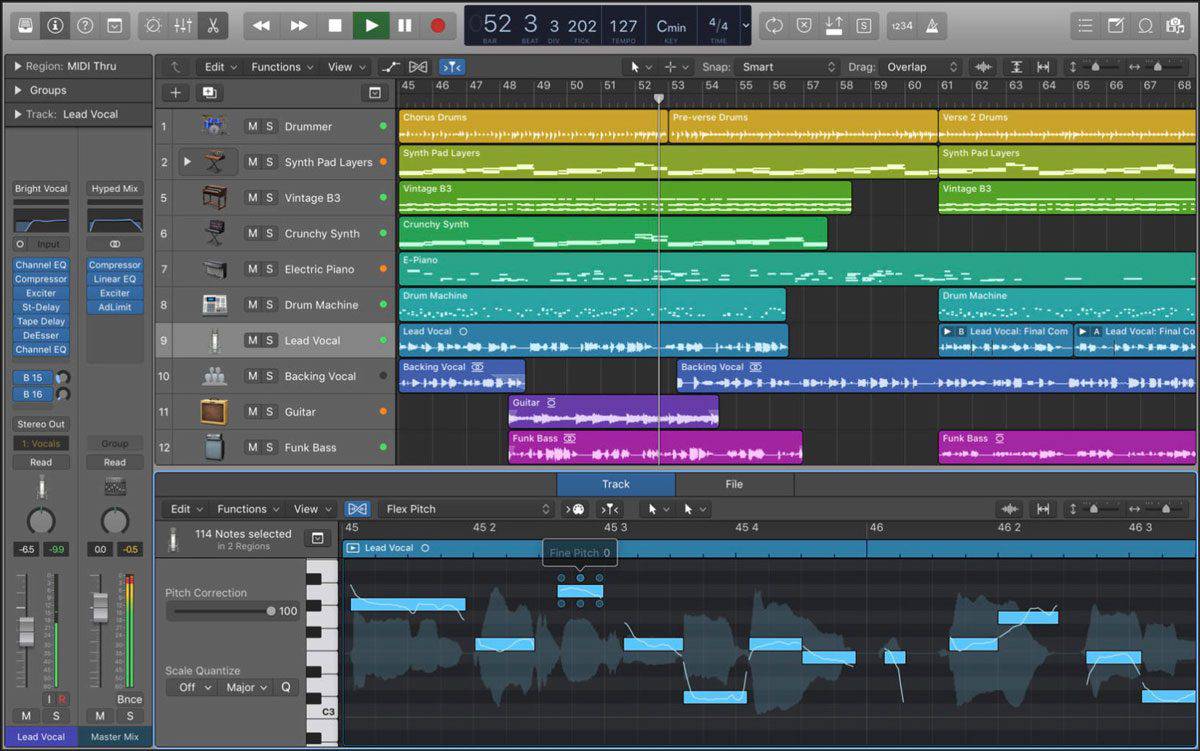In Covid times, it is important that musicians like many other professions learn to adapt to the changing social landscape. From revising the delivery method of their performances to alternate means of raking in revenue, musicians are facing a wall. The provided articles suggest live streaming performances on platforms like Youtube, Instagram and Facebook. Monetization on these platforms however can be spotty, and so alternative avenues for payment are suggested. Online banking and money management applications and services like PayPal, Venmo and Cashapp all have QR codes that can be used to send money as a means of donating. With the novelty of generosity wearing out as the months of quarantine draw out, merchandise and subscription services are taking prevalence. Many artists are churning out merchandise both familiar and unfamiliar. From tee-shirts to jock straps, there is a wide range of different merchandise being put forward. Much of this merchandise also brings to light social issues like Black Lives Matter and the importance of social distancing, and in many cases a portion of the revenue goes on to support charities. Services are also being put forward to support content creators to act as intermediaries for sales. That way, smaller artists who could not otherwise afford to create and distribute merchandise themselves at reasonable prices can create designs and have the sales and distribution handled for them. A large proponent for staying afloat as a musician in Covid that hasn’t been addressed yet, is marketing. Smaller artists tend to get swept under the rug, and must therefore advocate for themselves and market their art in order to gain attention and recognition. Busking remains a good option for getting one’s music out into the world, and while busking one can advertise their music through the sale of CDs or through sharing their Spotify or Soundcloud handles.
In order to do most of the things outlined above, music artists are being required to lean more heavily on technology for their art. As a tuba player, I did not expect I would need to be proficient with streaming services like Youtube and Facebook, or software like OBS. That being said, delivery methods for music performance are changing wildly, and artists are going to be required to adapt to these changes. With this in mind, I believe that proficiency with these services and softwares should be included as part of standard university music education, rather than as an alternative avenue. Difficult as it may be to include technical digital proficiency into an already dense curriculum, it would be incredibly beneficial to young and upcoming musicians. Really it is quite appalling that these avenues were not being addressed and explored beforehand, as Covid left schools reeling in the absence of in-person education. The challenges posed by digital course delivery for courses like UVic Wind Symphony would be inconsequential if students had been given a fundamental understanding of recording – miking and recording software – and audio editing. Students are being required to figure these things out on their own when they could be taught as a part of their curriculum.


Above is a promotional video I took part in as a response to music programs in my school district being cut back
Above is another multi-track project I took part in as a socially acceptable online music collaboration
Leave a Reply
You must be logged in to post a comment.